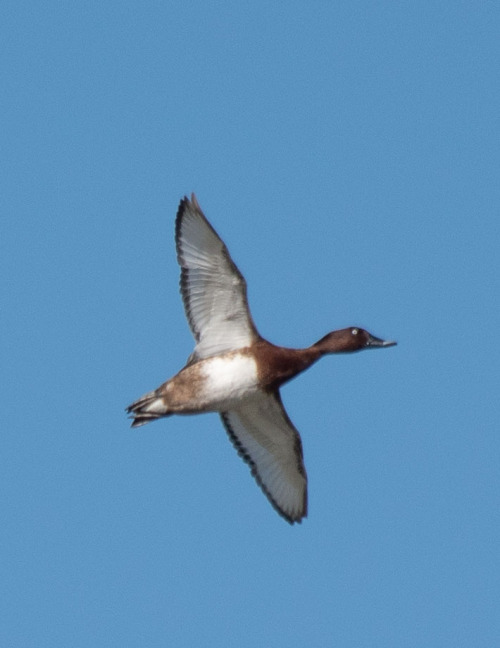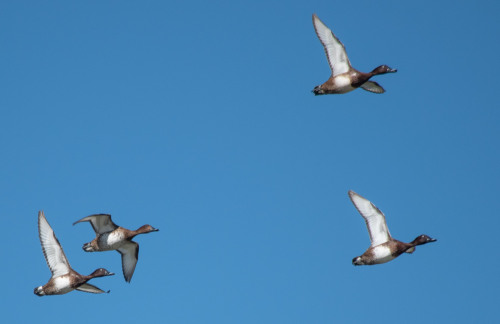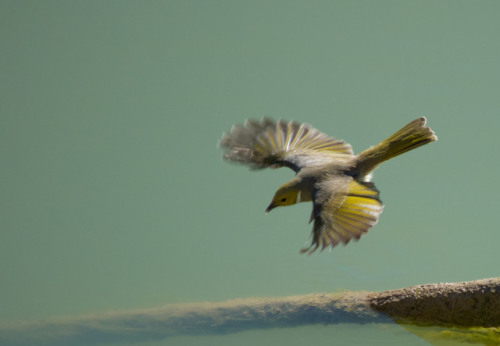Threatened species day
September 7th is threatened species day.
It marks the day the last Tasmanian Tiger died in a zoo in Hobart.
Today is a day to do something for threatened species, even just educating yourself on some of them.
Take time to reflect on the impact humans has on animals
Hardheads in flight

A long-nosed potoroo displays a light dusting of powder.The long-nosed potoroo (Potorous tridactylus) is a species of potoroo. These small marsupials are part of the rat-kangaroo family. Photograph: Lachlan Gilding/Aussie Ark
Noisy miner trying to scare off a kookaburra
this looks like a movie poster
†Bramble Cay Melomys (Melomys rubicola)

Photo:
State of Queensland
A tiny, 5 hectare sand cay just 50 kilometres from the mouth of Papua New Guinea’s Fly River is regularly greeted by flocks of brown boobies, terns, and nesting green sea turtles. Coral reef surrounds the isolated cay, which only reaches 3 metres above sea level. From the centre spreads a low herbaceous cover of predominately boerhavia albiflora and portulaca oleracea. But for almost ten years now, something has been missing.
Perhaps clinging to driftwood, ancestors of the Bramble Cay Melomys floated across wide waters, or maybe were stranded by rising seas. However they arrived they made
the guano dotted grassland of
Bramble Cay their own, existing no where else in the world. Melomys is a genus of wet habitat rodents found across far north Queensland, New Guinea, and the Torres Strait. Measuring between 14 and 16 centimetres with a tail length to match, M. rubicola had small ears, big feet, and a thickly scaled tail with a prehensile tip. The fur was all russet grey except their paler grey underside.
Melomys rubicola was in serious decline in the late 20th century. Once described as a vast population of hundreds, a 1988 survey trapped only 42 mice and estimated just 93 individuals remained. In 2004, a replication survey trapped only 12. Increasingly severe weather inundated the island from 2004 onward. Extremes that, along with sea level rise, were a consequence of human-induced climate change. Though the precarious situation facing the survival of M. rubicola had been known for decades, it failed to attract wider attention or receive funding. A recovery plan was made in 2008, but wasn’t implemented.
Finally, in 2014, after finding no melomys on the island, and the vegetation direly sparse, a team of researchers planned to return and conduct a large scale trapping operation to begin a captive breeding program. Unfortunately, when they returned, not a trace of an individual was found. Extreme weather caused the loss of vegetation which melomys
relied on for food, so they likely starved. Many also probably drowned as a direct result of encroaching water during storms.
M. rubicola was declared extinct by the IUCN in May of 2015. In early 2019, the Australian government recognised it as such, and the announcement made news globally, being reported as the first mammal extinction caused by anthropogenic climate change. Though awareness or action for the Bramble Cay Melomys came too late, conservationists hope a lesson can be learned; hesitation and complacency in the face of human-driven extinctions may be more catastrophic than we imagine.
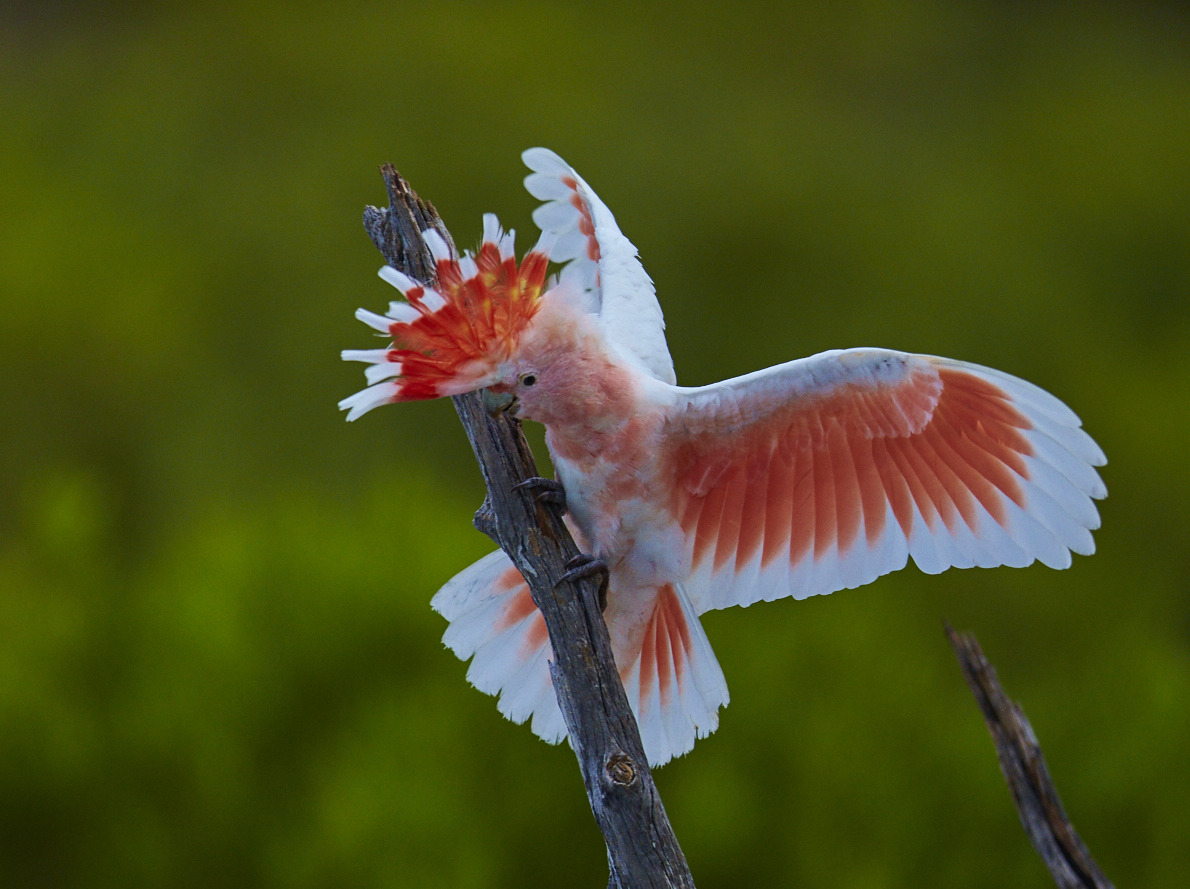



The Major Mitchell’s cockatoo is a medium-sized cockatoo restricted to arid and semi-arid inland areas of Australia. (x x x)

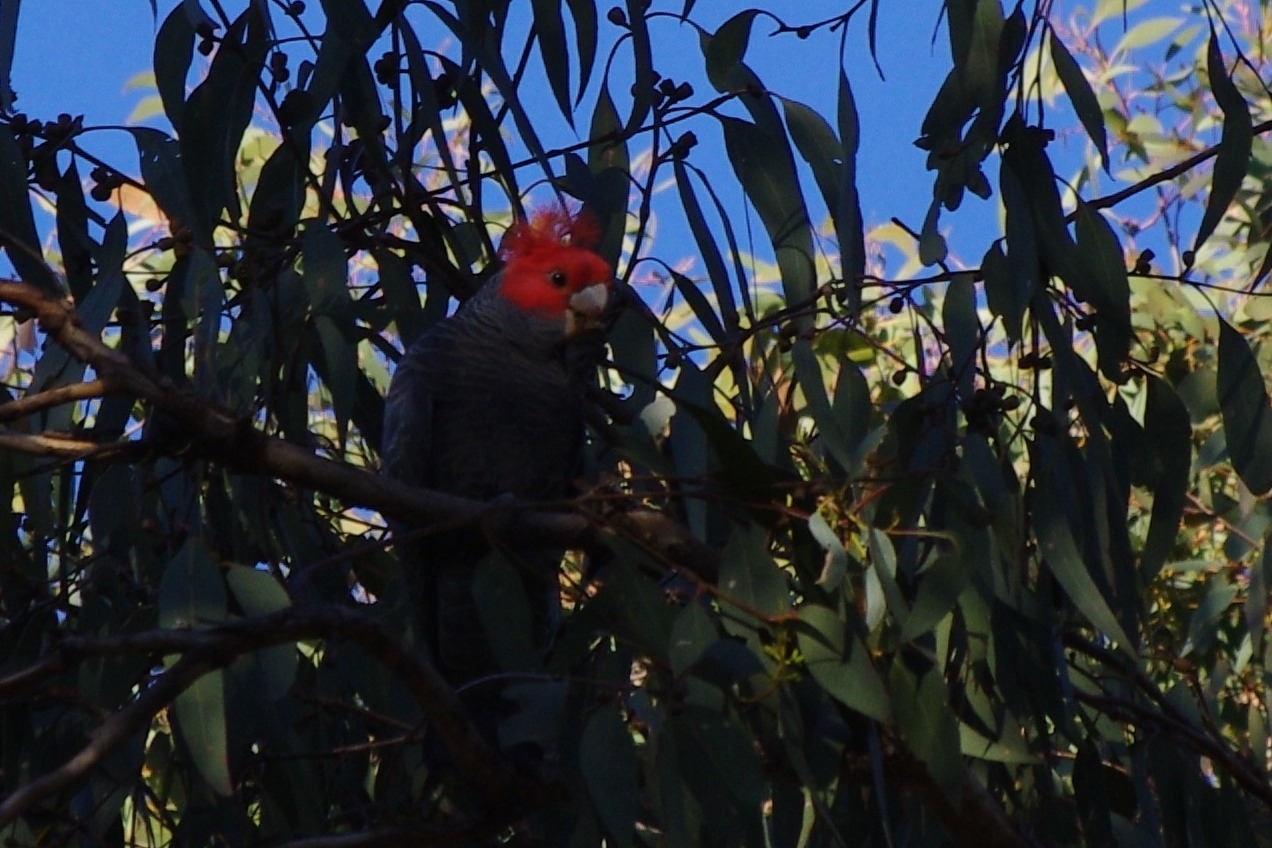
Callocephalon fimbriatum the Gang-gang Cockatoo, in Hepburn Springs VIC

May 20, 2019 - Red-necked Stint or Rufous-necked Stint (Calidris ruficollis)
Breeding in northeastern Russia and sometimes northwestern Alaska, these small sandpipers winter in parts of South and Southeast Asia, southern China, Australia, and New Zealand. They feed on insects, tiny seeds, plants, mollusks, and crustaceans, foraging in loose flocks. Laying their eggs in June, monogamous pairs nest in shallow scrapes lined with leaves or grass. Both parents incubate the eggs and care for the chicks. They are classified as Near Threatened by the IUCN due to population declines probably caused by habitat loss and pollution along their migration route.
